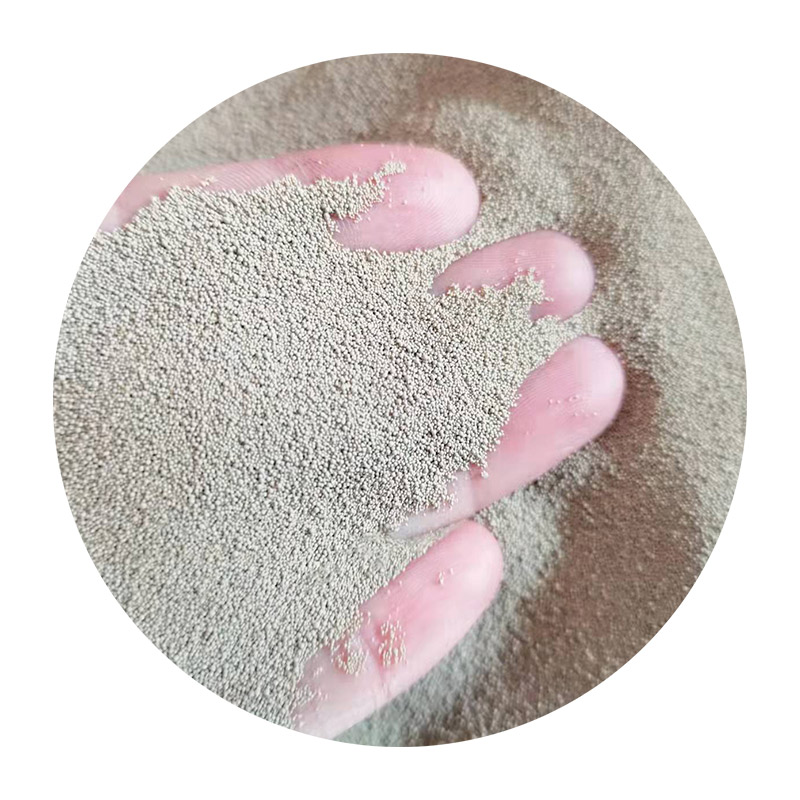A Comprehensive Guide to Sanding 3D Prints
3D printing has transformed the way we create objects, enabling intricate designs and rapid prototyping. However, even the most expertly printed piece often requires post-processing to achieve the desired finish. One of the most effective and widely used techniques for enhancing the appearance and feel of 3D printed items is sanding. In this article, we will explore the importance of sanding, the best practices involved, and the tools you need to get started.
Why Sanding is Essential for 3D Prints
Sanding serves multiple purposes in the post-processing of 3D printed objects. Firstly, it helps to remove layer lines — a common artifact of the layer-by-layer printing process. These lines can detract from the visual appeal of the print, making it look less polished and professional. Secondly, sanding can smooth rough areas or imperfections, creating a more uniform surface. This not only enhances the aesthetic quality but can also improve the tactile experience of the object.
Additionally, sanding can prepare the surface for painting or further finishing techniques. A smooth surface ensures better adhesion of paints and coatings, leading to a more durable and visually pleasing finish.
Choosing the Right Sandpaper
Selecting the appropriate sandpaper is critical for effective sanding. Sandpaper comes in various grits, which denotes the coarseness of the material. The grit scale typically ranges from 60 (very coarse) to 600 (very fine). For 3D printed parts, it is advisable to start with a coarser grit and progressively move to finer grits.
- For rough prints Begin with 100 to 150 grit to quickly eliminate layer lines and rough patches. - For smoothing Next, use 220 to 320 grit to refine the surface further. - For final touches Finally, apply 400 to 600 grit for a silky smooth finish.
Always use wet sanding techniques, especially when working with finer grits, as it helps to reduce dust and can produce a smoother result
.The Sanding Process
sanding 3d print

1. Preparation Ensure that the print is clean and free from dust or oils. If needed, wash it with soap and water, then let it dry completely.
2. Sanding Technique Start with the coarse grit sandpaper. Sand in a circular motion or along the lines of the print to ensure you are effectively removing layer lines. Avoid applying too much pressure, as this can lead to uneven surfaces or even damage the print.
3. Progression After achieving a satisfactory level of smoothness with the coarse grit, wipe the surface to remove any debris. Then, switch to a finer grit and repeat the sanding process, gradually moving up to the highest grit.
4. Cleaning Once you have finished sanding, clean the print again to remove any remaining dust. This will prepare it for any finishing treatments, such as painting or applying a clear coat.
Additional Tips and Considerations
- Safety First Always wear a mask and goggles when sanding, as the dust generated can be harmful if inhaled or if it gets into your eyes.
- Finishing Options After sanding, consider applying a primer before painting. A primer will help fill in any remaining small imperfections and provide a better surface for paint adhesion.
- Experiment Each filament type reacts differently to sanding. For instance, PLA is generally easier to sand than ABS due to its lower melting point. Experiment with different materials to find the best technique for each.
- Practice If you're new to sanding, practice on scrap prints before working on your final piece. This will aid in developing a feel for how much pressure to apply and how the material responds to sanding.
In summary, sanding is an important step in the post-processing of 3D prints that can significantly enhance their look and feel. By choosing the right sandpaper, employing effective techniques, and following safety precautions, you can transform your 3D printed objects from basic to beautiful. Whether you aim for a flawless finish or just want to improve the overall appearance, mastering the art of sanding is an invaluable skill for any 3D printing enthusiast.
Post time:ጥቅም . 10, 2024 16:13
Next:sanding resin
